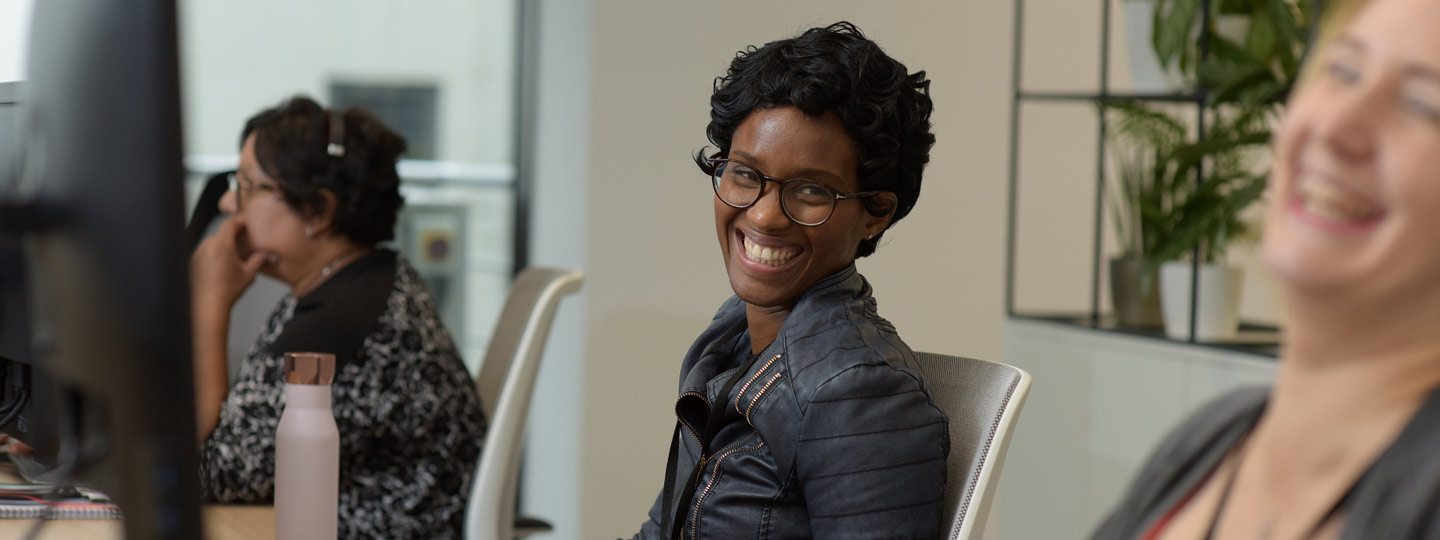
Work and Arthritis
We know that the right kind of work is good for you, not just financially, it can also provide a sense of purpose, identity, achievement, and a supportive social network.
We also understand that if you have arthritis or a musculoskeletal (MSK) condition that is impacting on your capacity to work, it can sometimes feel like an uphill struggle to get the information and support you need to remain in or return to work.
To help you, we have put together some information and resources that we hope will assist you to make informed decisions about work.
In developing this information resource, we have used research findings undertaken by the team from the Centre for Musculoskeletal Health and Work, CMHW. In addition, we carried out two surveys in 2023 to understand how we could improve our work-related information and resources.
Work adjustment plan
To Further support you, we have created a work adjustment plan.
Designed to help you reflect on your condition and how it affects your capacity to work. Assisting you to find ways to manage your health condition in work, including:
- Workplace rights
- Disclosing your condition
- Assessing your needs for workplace adjustments
- Identifying solutions to overcome barriers you may experience in work
- Managing your condition in work, including any flare-ups
- Finding information and support you need to work well
The work adjustment plan is a solution focussed tool that you can use to identify any support, adjustments or special equipment that could help you work safely and well. You can print or download the Work Adjustment plan, saving a copy to record information relevant to your situation.
It is hoped this plan will assist you to find practical solutions to improve your working life and enable you to work well with your condition. If you feel comfortable, you can share it with whoever provides you with work-related support.
Whether you are looking for your first job, returning to work after an absence, or currently in work, we hope by working through our Work Adjustment Plan, you will be able to find the solutions that will help remove or reduce any work-related barriers you experience.
We hope that the information provided will assist you to not only survive, but to thrive in the workplace.
In addition to links to information found within the Versus Arthritis website we have included links to useful external websites that expand on what we have provided.
To enable you to find the information or support you need to work well, we have split the information into key areas:
Helping you work well with arthritis
Information and signposting links on, workplace rights, reasonable adjustments, sick leave, making decisions about work, further education, benefits and finding work
Employers and workplace professionals
Important resources for employers who are looking to support employees with arthritis or MSK conditions.